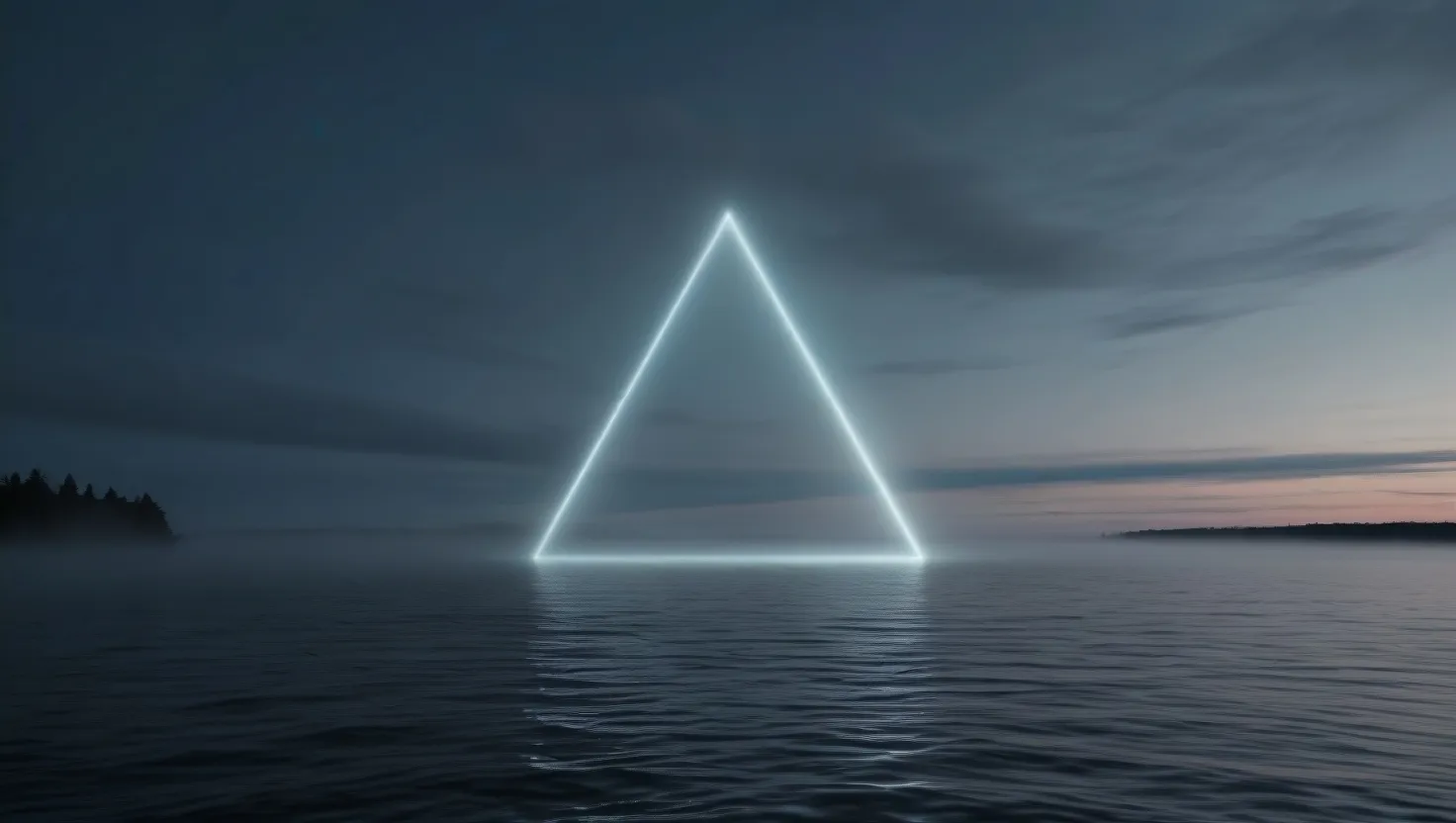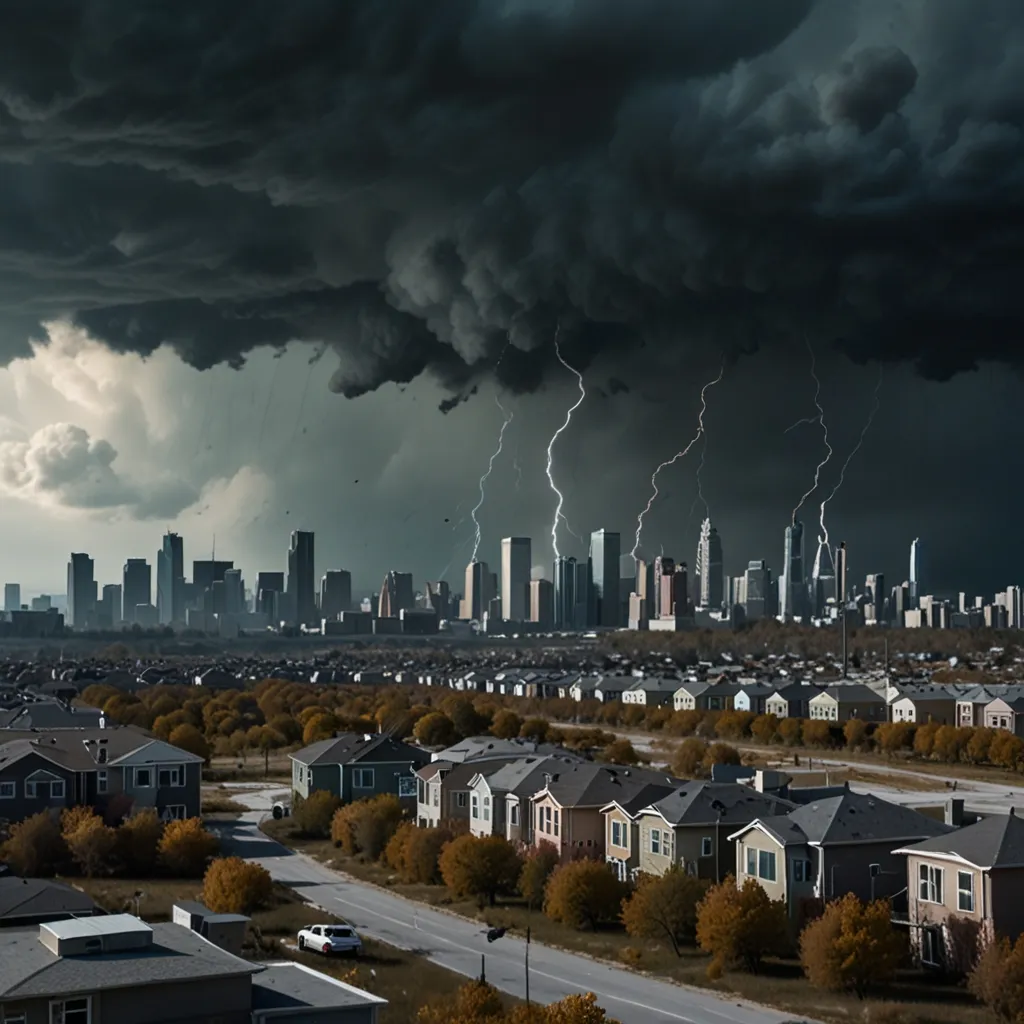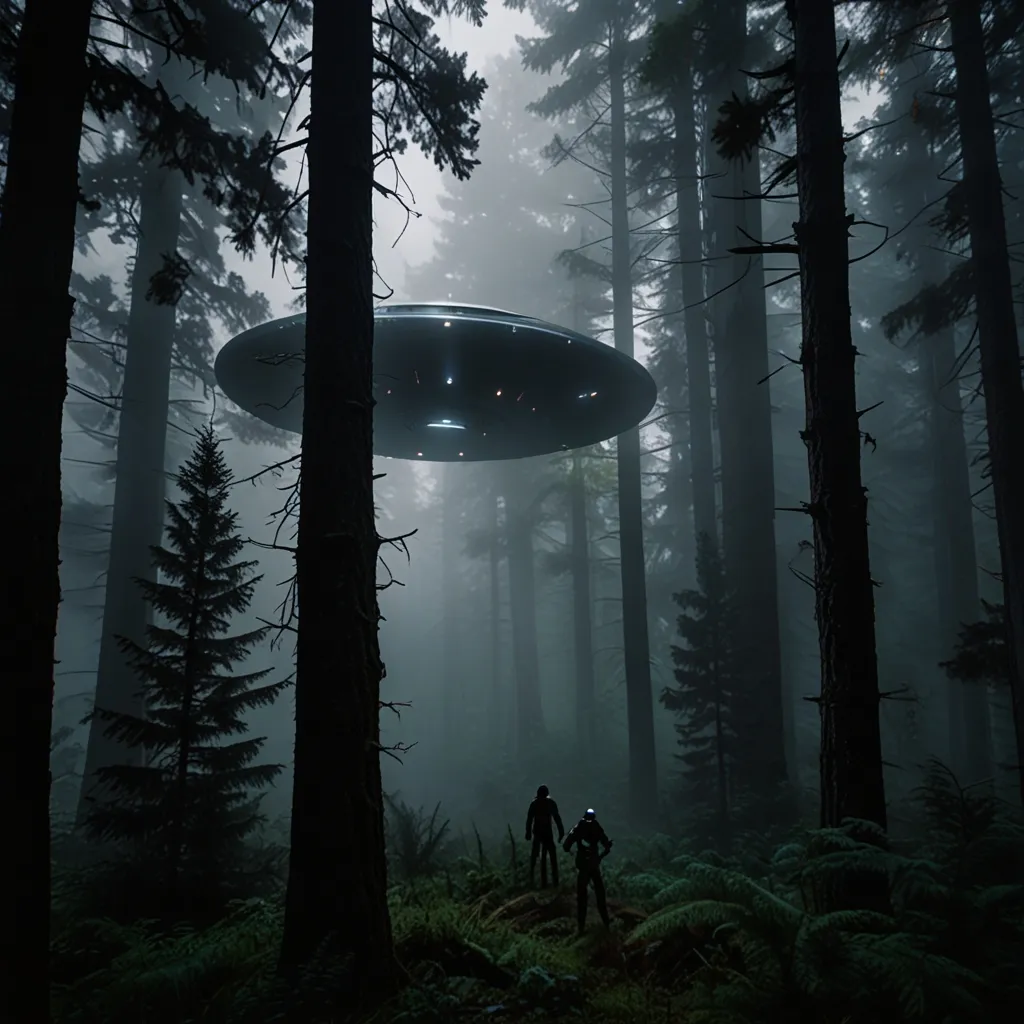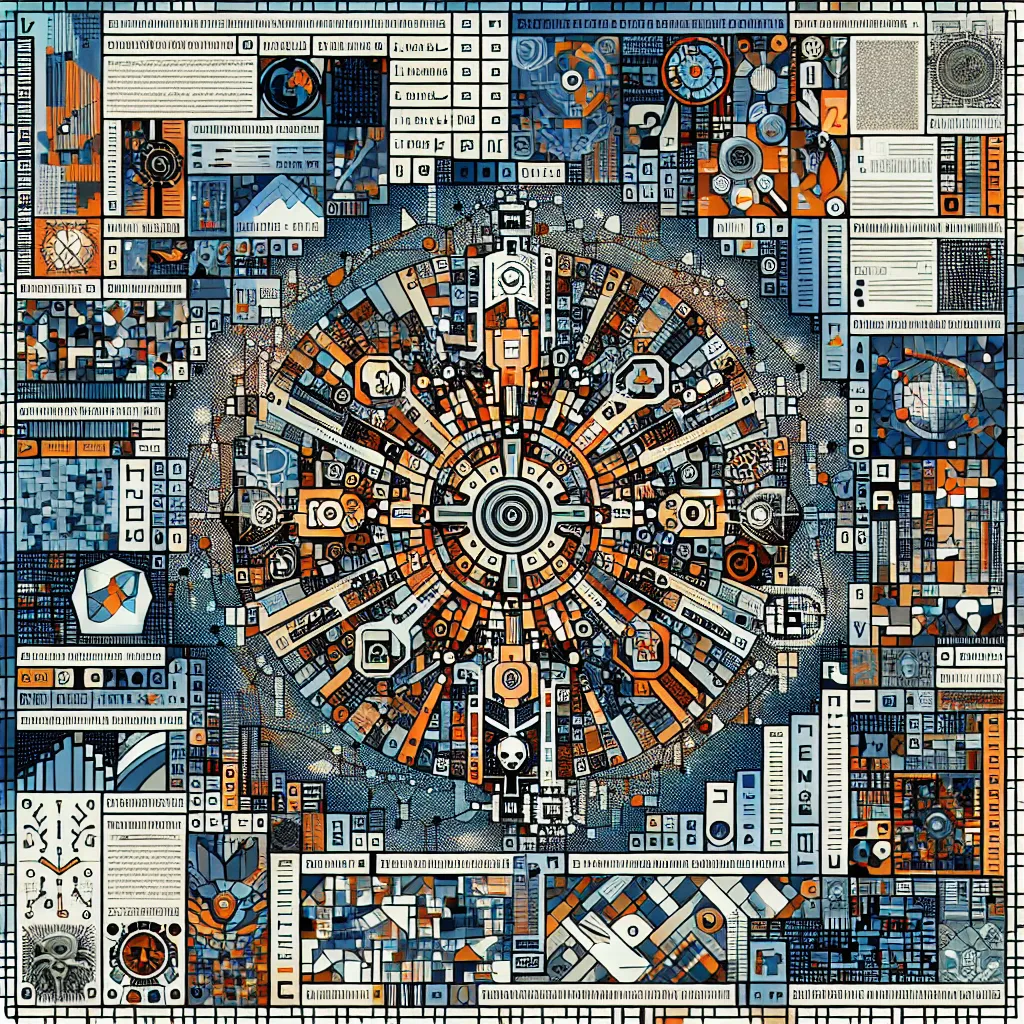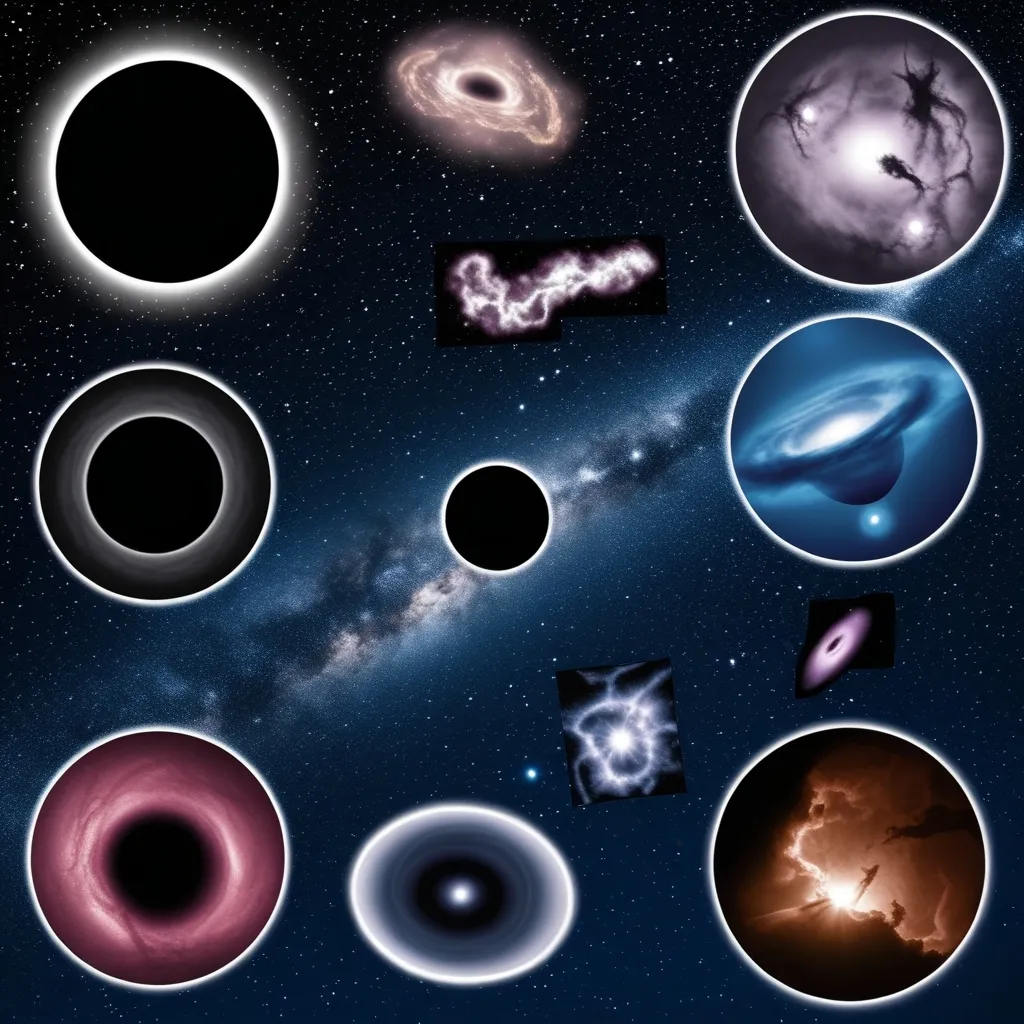The Moon Landing Conspiracy: Debunking the Myths
Ever heard someone say the Moon landing was fake? It’s a wild idea that’s been floating around for ages. But let’s be real - it’s total nonsense.
Picture this: It’s 1969, the height of the Space Race. The whole world is watching as Neil Armstrong takes that famous “giant leap for mankind.” It was an incredible moment that changed history. But some folks just can’t accept it.
So where did this crazy idea come from? Well, it all kicked off in the 70s. This guy named Bill Kaysing wrote a book claiming the whole thing was a big fat lie. And boom - a conspiracy theory was born.
Now, let’s talk about some of the wacky claims these conspiracy theorists make.
First up, they’re all like “Where are the stars in the photos?” Well, duh. The Moon’s surface is super bright in sunlight. The cameras were set up to capture that, not the faint starlight. It’s like trying to see stars on a sunny day - ain’t gonna happen.
Then there’s the whole “the flag is waving” thing. Newsflash: there’s no wind on the Moon. The flag moved because the astronauts were planting it. Simple as that.
Oh, and don’t even get me started on the shadow nonsense. “The shadows don’t line up!” they cry. Um, ever heard of uneven terrain? The Moon isn’t flat, folks.
But here’s the real kicker - the evidence that we actually did land on the Moon is overwhelming.
First off, we’ve got Moon rocks. Not just any rocks, but ones with stuff in them that you can’t find on Earth. Scientists all over the world have studied these bad boys, and they’re the real deal.
Then there are the photos. We’re not talking about grainy old pictures from the 60s. Nope, we’ve got high-res images from modern spacecraft that show the Apollo landing sites. You can literally see the footprints left by the astronauts. How cool is that?
But wait, there’s more! Remember those reflectors the astronauts left on the Moon? We can bounce lasers off them to measure the exact distance to the Moon. We’ve been doing it for years. Try faking that, conspiracy theorists!
Despite all this, some people still cling to the idea that it was all a hoax. Polls show that about 5% of Americans think the landings were faked. That’s millions of people! It’s kind of mind-boggling when you think about it.
So why do people believe this stuff? Well, it’s complicated. Some folks just love a good conspiracy theory. It makes them feel like they’re in on some big secret. For others, it might be a lack of understanding about science and technology.
TV shows and movies haven’t helped either. There have been plenty of documentaries and films that play up the conspiracy angle. Even if they’re meant to be entertaining, they can plant seeds of doubt in people’s minds.
But here’s the thing - believing in conspiracy theories isn’t harmless fun. It can lead to a distrust of science and experts. And in today’s world, that can be dangerous.
That’s why it’s so important to think critically about the information we come across. Don’t just believe something because you saw it on TV or read it on the internet. Look at the evidence. Ask questions. Use your noggin!
When it comes to the Moon landings, the evidence is crystal clear. We went to the Moon. Multiple times, in fact. It was an incredible achievement that pushed the boundaries of what humans thought was possible.
Think about it. In the span of a few decades, we went from the Wright brothers’ first flight to landing on the Moon. That’s mind-blowing! It shows what we can accomplish when we set our minds to it.
The Moon landings weren’t just about planting a flag or beating the Soviets. They were about pushing the limits of human knowledge and exploration. The technology developed for the Apollo missions has led to countless innovations we use every day.
And let’s not forget the scientific value. The Moon rocks and data collected by the astronauts have taught us so much about the history of our solar system. We’re still learning from those missions today.
But perhaps the most important legacy of the Moon landings is how they changed our perspective. For the first time, we saw our planet as a whole - a beautiful blue marble floating in the vastness of space. That image has inspired generations to think about our place in the universe and our responsibility to our home planet.
So next time someone tries to tell you the Moon landings were fake, hit ‘em with the facts. Tell them about the Moon rocks, the laser reflectors, the high-res photos of the landing sites. Remind them of the incredible human achievement the Apollo missions represent.
But also try to understand where they’re coming from. Maybe they’re just skeptical by nature. Maybe they don’t trust the government. Or maybe they just love a good mystery. Whatever the reason, approach the conversation with patience and understanding.
After all, the story of the Moon landings is way cooler than any conspiracy theory. It’s a tale of human ingenuity, bravery, and exploration. It’s about pushing the boundaries of what’s possible and reaching for the stars - literally!
So let’s celebrate the Moon landings for what they were - one of the greatest achievements in human history. Let’s honor the thousands of people who worked tirelessly to make it happen. And let’s use it as inspiration for the challenges we face today.
Who knows? Maybe one day we’ll be debunking conspiracy theories about the first human on Mars. Now wouldn’t that be something?

